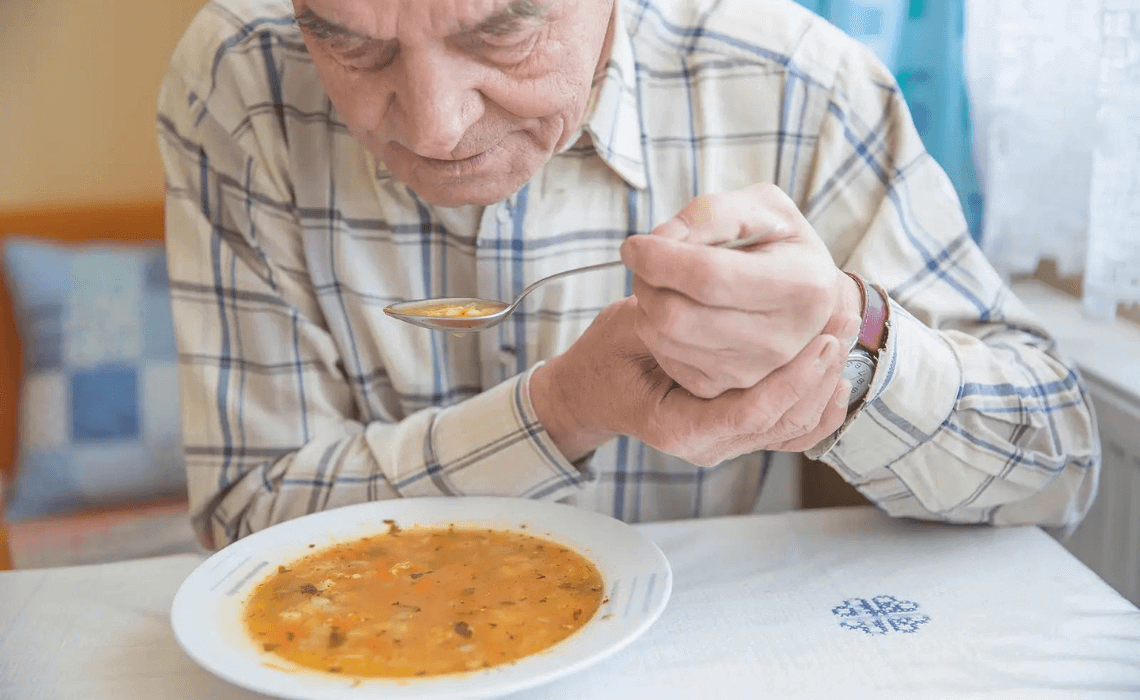INTRODUCTION TO STROKE REHABILITATION

This guide will help you understand:
- how a stroke occurs and the difference between types of strokes
- how a stroke affects the body
- what rehabilitation after a stroke consists of
What is a stroke?
A stroke (previously known as a cerebrovascular accident) when there is a decreased flow of blood to the brain from either a blockage in the blood vessels that supply the brain (ischemic stroke), or a bleed from the blood vessels that supply the brain (hemorrhagic stroke). When the blood flow to the brain is blocked it prevents the brain from getting the needed oxygen and nutrients to function. Without oxygen the brain cells can be permanently damaged or die and the physical and mental functions related to that area of the brain will be affected. A stroke is a medical emergency and rapid treatment is crucial to decreasing the damage caused by a stroke.
Signs and symptoms
Because a stroke disrupts the blood supply to the brain, many functions of the brain are immediately affected and are considered classic signs of a stroke in progress. These include:
- sudden slurred or incoherent speech
- sudden numbness or tingling in the face, arm or leg, or one side of the body
- inability to raise one arm in comparison to the other arm
- inability to smile on one side
- sudden slouching to one side in sitting
- drooping eye or mouth on one side
- sudden loss of mental capacity
- sudden severe headache
- sudden blurred or disturbed vision of one or both eyes
- sudden decrease or loss of consciousness
- sudden balance problems in sitting or walking
TYPES OF STROKES
- Ischemic stroke: a stroke that is caused by a blockage (clot) that disturbs the blood flow to the brain.
- Hemorrhagic stroke: a stroke that is caused by a bleed that disturbs the blood flow to the brain and puts pressure on the surrounding tissue.
- Transient ischemic attack: often referred to as a “mini-stroke” or TIA, where the blood flow to the brain is temporarily disturbed and as a result causes temporary signs and symptoms of a stroke that resolve quickly .

What is Parkinson’s Disease?
Parkinson’s Disease, or sometimes just called Parkinson’s or PD is a chronic degenerative disorder of the nervous system. It occurs when a system in the midbrain (substanstia nigra) which produces the chemical called dopamine, stops producing this chemical. It is still unknown why the cells stop producing dopamine. The chemical dopamine is required in the body for many things including coordination, mood, memory and motivation. It is interesting to note that usually by the time someone is diagnosed with PD, around half of the dopamine-making cells have already died.
SIGNS AND SYMPTOMS
There is no single symptom that determines that one has PD. Nor is there one single test that is used to delineate that you have the disease. Everyone who is diagnosed has a unique disease but there are a constellation of signs and symptoms that can develop which cumulatively point to the suspicion of PD. The most common signs and symptoms are:
- muscle tremors
- postural instability and impaired balance (difficulty remaining upright especially when standing still or rising from a chair)
difficulty with walking, often taking shuffling (festinating) steps,
- slowness of movements (bradykinesia)
- inability to get movements going (akinesia)
- sustained or repeated muscle cramp (dystonia)
- stiffness of muscle movement (rigidity)
- stooped posture (due to being postural unstable so then subconsciously lowering one’s center of gravity to compensate)
- increased postural sway (body motion when standing still)
- loss of smell
- sleep disturbances; can include sudden movements during sleep
constipation
- loss of automatic movements such as blinking, or swinging arms when walking
decline in automatic facial expressions (facial masking)
- drooling
- regular dizziness
- problems projecting one’s voice (only able to speak softly)
- handwriting changes (may become too difficult to coordinate) and/or can become very small (micrographia)
- fatigue
- depression

